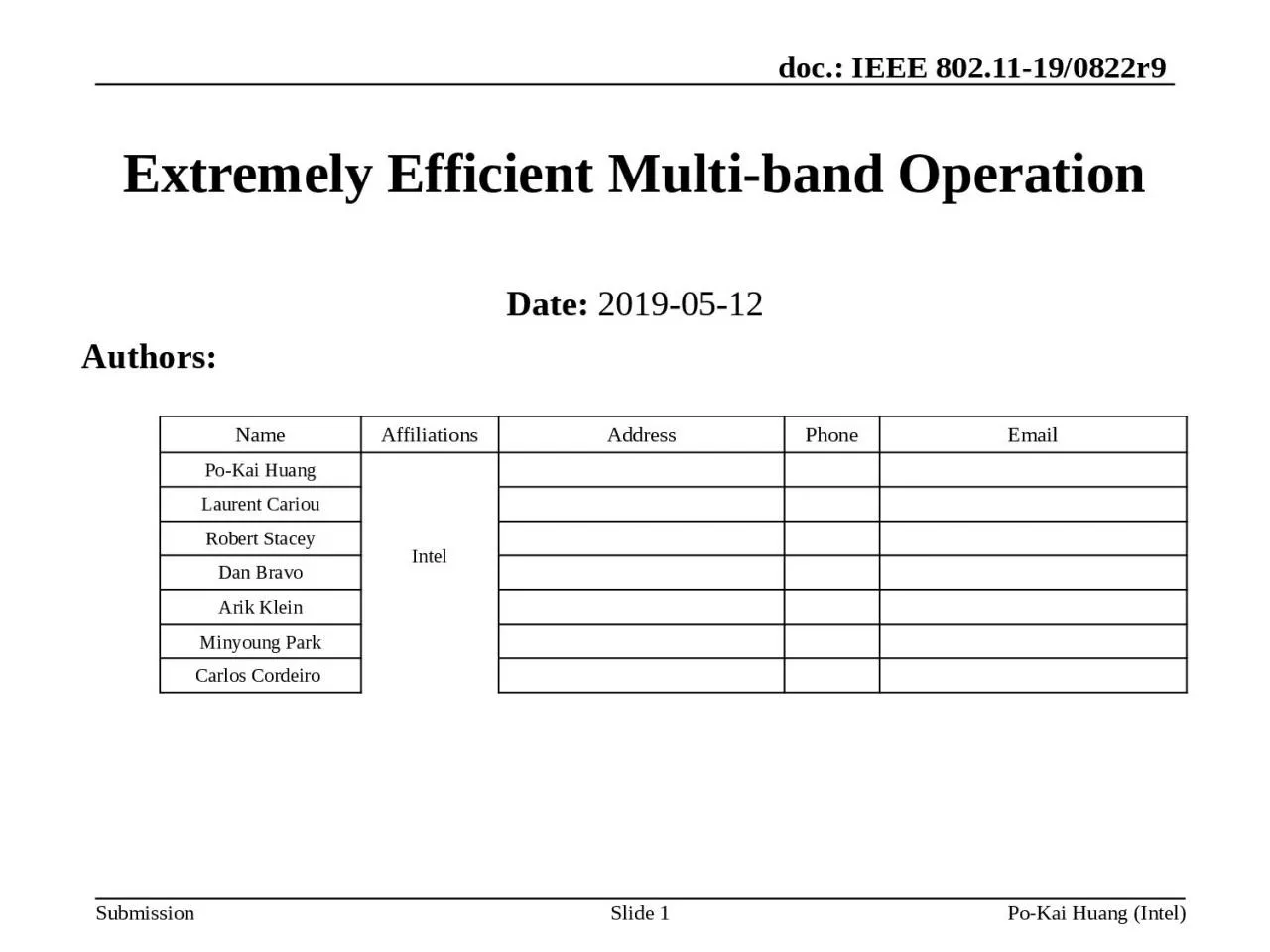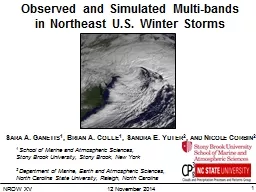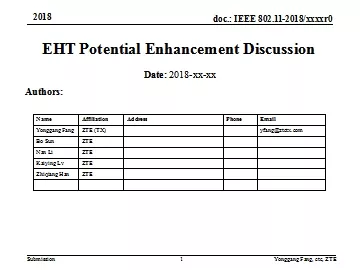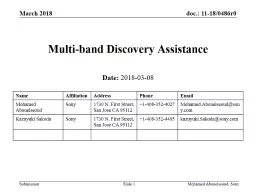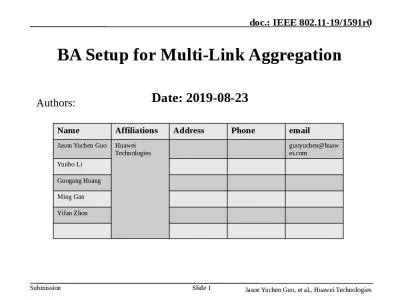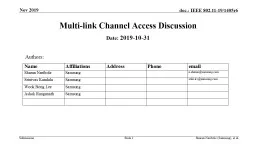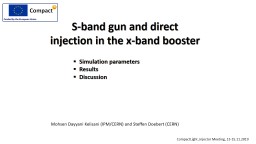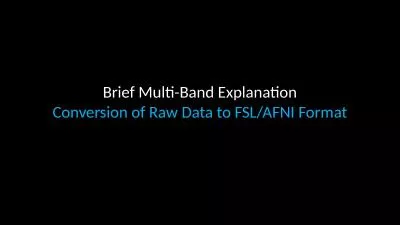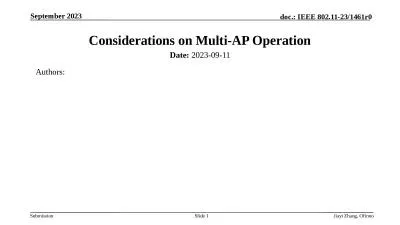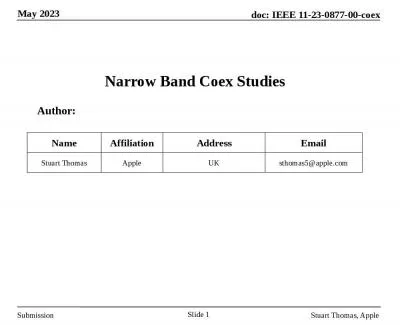PPT-Slide 1 Extremely Efficient Multi-band Operation
Author : winnie | Published Date : 2023-06-25
Date 20190512 Authors Name Affiliations Address Phone Email PoKai Huang Intel Laurent Cariou Robert Stacey Dan Bravo Arik Klein Minyoung Park Carlos Cordeiro PoKai
Presentation Embed Code
Download Presentation
Download Presentation The PPT/PDF document "Slide 1 Extremely Efficient Multi-band ..." is the property of its rightful owner. Permission is granted to download and print the materials on this website for personal, non-commercial use only, and to display it on your personal computer provided you do not modify the materials and that you retain all copyright notices contained in the materials. By downloading content from our website, you accept the terms of this agreement.
Slide 1 Extremely Efficient Multi-band Operation: Transcript
Download Rules Of Document
"Slide 1 Extremely Efficient Multi-band Operation"The content belongs to its owner. You may download and print it for personal use, without modification, and keep all copyright notices. By downloading, you agree to these terms.
Related Documents

